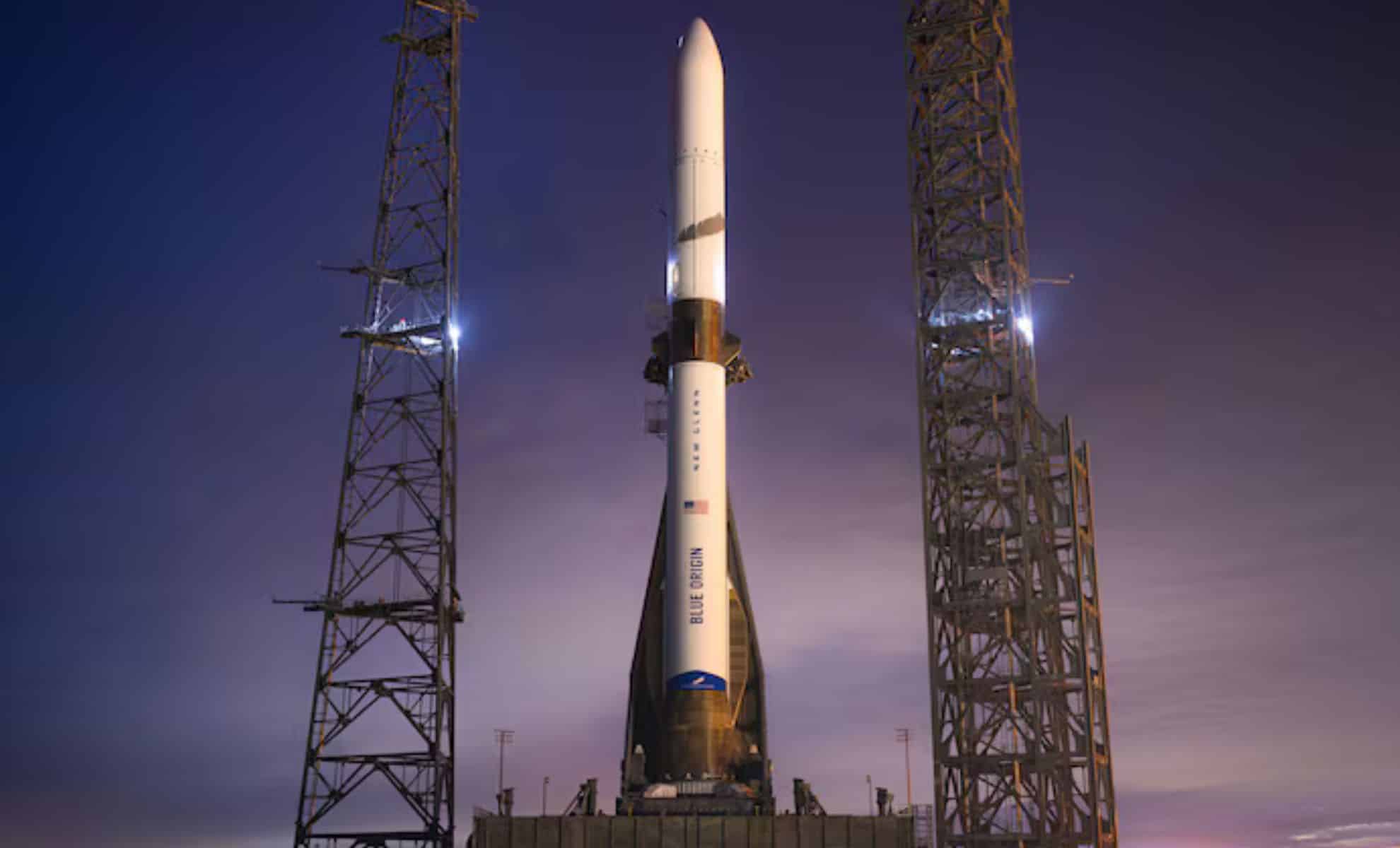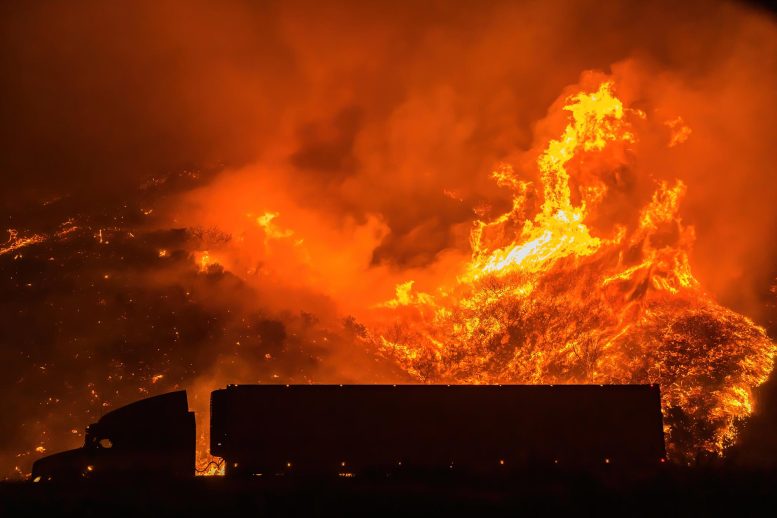
Earth’s rotation is gradually slowing down, a process that has been quietly shaping the planet since its formation 4.5 billion years ago. This deceleration, caused by the gravitational pull of the Moon, is imperceptible in our daily lives yet has profound implications for Earth’s history, atmosphere, and the emergence of life. Over eons, as the planet’s days lengthened, this slowing spin created conditions that significantly influenced the development of Earth’s atmosphere.
A recent study has uncovered a remarkable link between the planet’s slowing rotation and the oxygenation of Earth’s atmosphere, a transformative event in history that made life as we know it possible. Known as the Great Oxidation Event, this atmospheric shift paved the way for complex life to thrive, driven in part by cyanobacteria, ancient microbes that played a key role in producing oxygen. Scientists are now piecing together how longer days may have given these microbes more time to photosynthesize and reshape the planet’s air.
The Link between Earth’s Rotation and Oxygenation
Researchers have uncovered evidence suggesting that the gradual lengthening of Earth’s days—caused by the Moon’s gravitational pull—played a critical role in the Great Oxidation Event (GOE) approximately 2.4 billion years ago. This event marked the first significant rise in atmospheric oxygen, which was produced by cyanobacteria through photosynthesis. These microbes needed sunlight to generate oxygen, and longer days provided them with extended periods of productivity.
“Our research suggests that the rate at which Earth is spinning – in other words, its day length – may have had an important effect on the pattern and timing of Earth’s oxygenation,” explained microbiologist Gregory Dick from the University of Michigan.
How Earth’s Rotation Is Slowing
Earth’s rotation has been gradually slowing for billions of years, a process driven by the gravitational forces exerted by the Moon. These forces create tidal friction, as the Moon’s gravity pulls on Earth’s oceans, generating tidal bulges. These bulges exert a counteracting force on the Moon, causing it to drift farther away from Earth at a rate of roughly 3.8 centimeters per year. As a result, this gradual energy transfer leads to a deceleration of Earth’s spin, lengthening the length of each day over immense spans of time.
This process has been ongoing since the planet’s formation, but its effects are more pronounced when viewed on a geological timescale. For instance, studies of ancient fossils and tidal patterns reveal that 1.4 billion years ago, a day on Earth lasted just 18 hours, significantly shorter than the current 24-hour cycle. Even 70 million years ago, during the age of the dinosaurs, days were approximately 30 minutes shorter than they are today.
Recent research estimates that Earth’s rotation is slowing by approximately 1.8 milliseconds per century, an almost imperceptible change in the short term. However, over millions of years, this seemingly minor deceleration can have profound consequences for the planet’s systems, including its climate, ecosystems, and even the chemistry of the atmosphere. By altering the amount of daylight available, this slowdown may have played a crucial role in enabling significant events in Earth’s history, such as the oxygenation of the atmosphere that paved the way for complex life.
Cyanobacteria and the Great Oxidation Event
The Great Oxidation Event was a turning point in Earth’s history. Cyanobacteria, sometimes referred to as blue-green algae, played a crucial role in this transformation. These microbes thrived in shallow waters, where they captured sunlight and released oxygen as a byproduct of photosynthesis.
However, their oxygen production was limited by the length of the day. During shorter days in Earth’s early history, cyanobacteria had less time to photosynthesize, reducing oxygen output. Over time, as days grew longer, their productivity increased, eventually reaching a tipping point that caused oxygen levels in the atmosphere to rise dramatically.
Geomicrobiologist Judith Klatt of the Max Planck Institute for Marine Microbiology highlighted this connection: “The cyanobacteria are rather late risers than morning persons, it seems. It takes a few hours before they really get going.”
A second Oxygenation Event
Interestingly, Earth’s slowing rotation may also explain a later atmospheric transformation: the Neoproterozoic Oxygenation Event around 550–800 million years ago. This event saw another significant rise in oxygen levels, paving the way for the evolution of complex life forms.
Using microbial mats as analogs for ancient cyanobacteria, researchers conducted experiments and modeling studies. These revealed that longer days enhanced oxygen release, as oxygen production is limited by the speed of molecular diffusion within microbial communities.
Marine scientist Arjun Chennu of the Leibniz Centre for Tropical Marine Research explained: “We tie together laws of physics operating at vastly different scales, from molecular diffusion to planetary mechanics. This way, we link the dance of the molecules in the microbial mat to the dance of our planet and its Moon.”
Got a reaction? Share your thoughts in the comments
Enjoyed this article? Subscribe to our free newsletter for engaging stories, exclusive content, and the latest news.










Leave a Comment